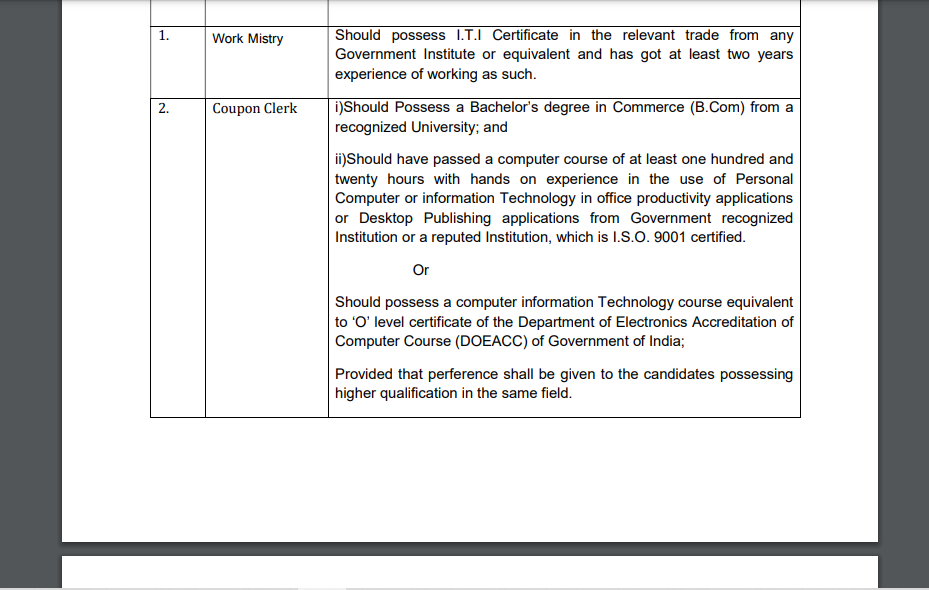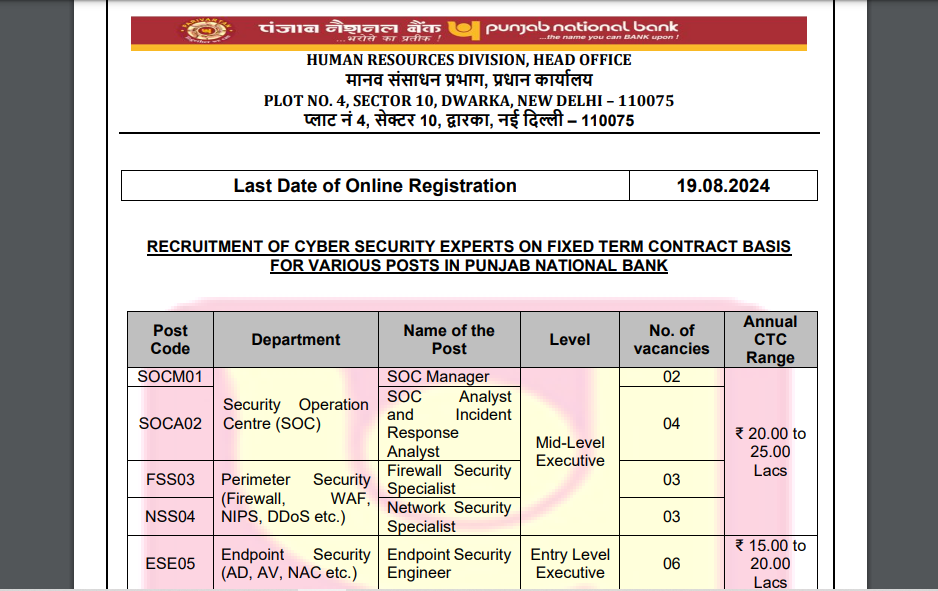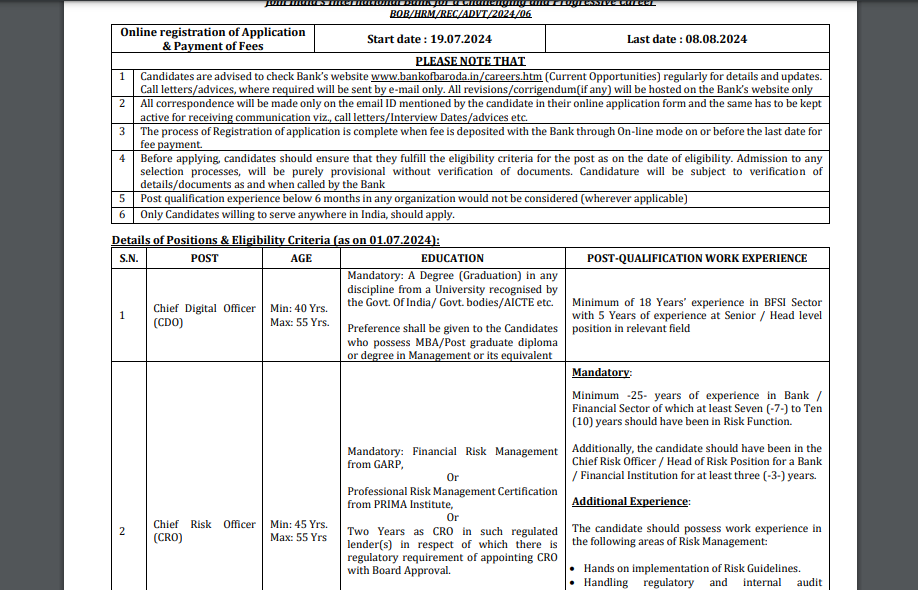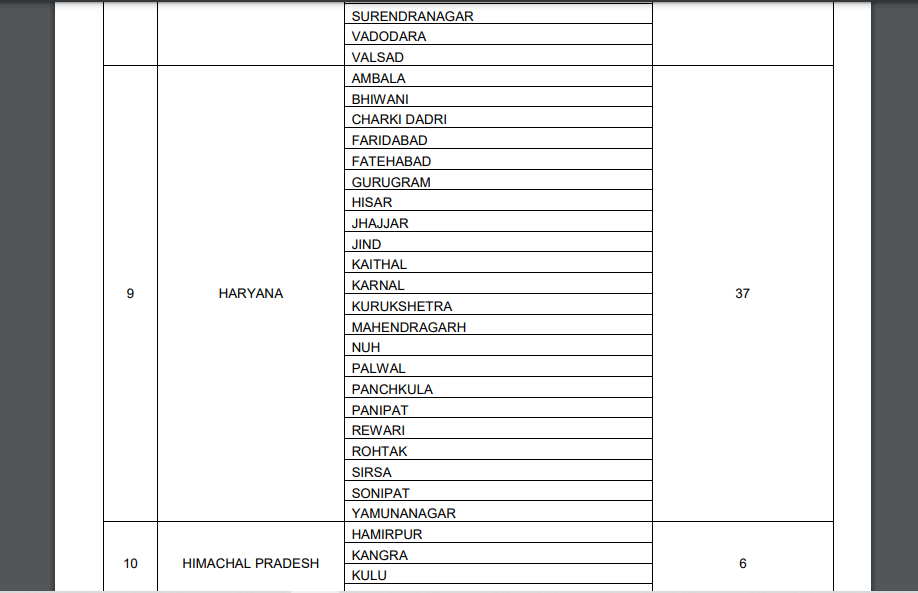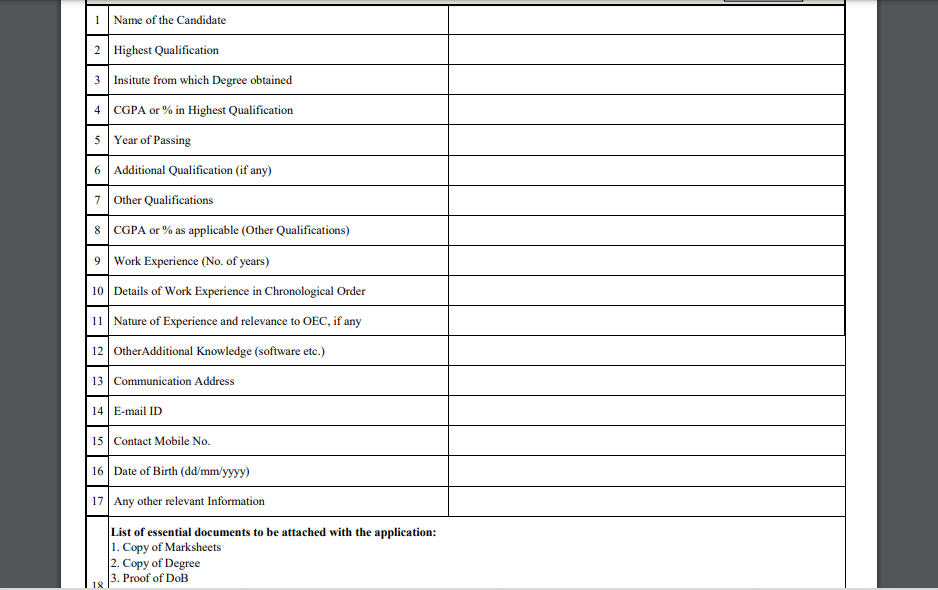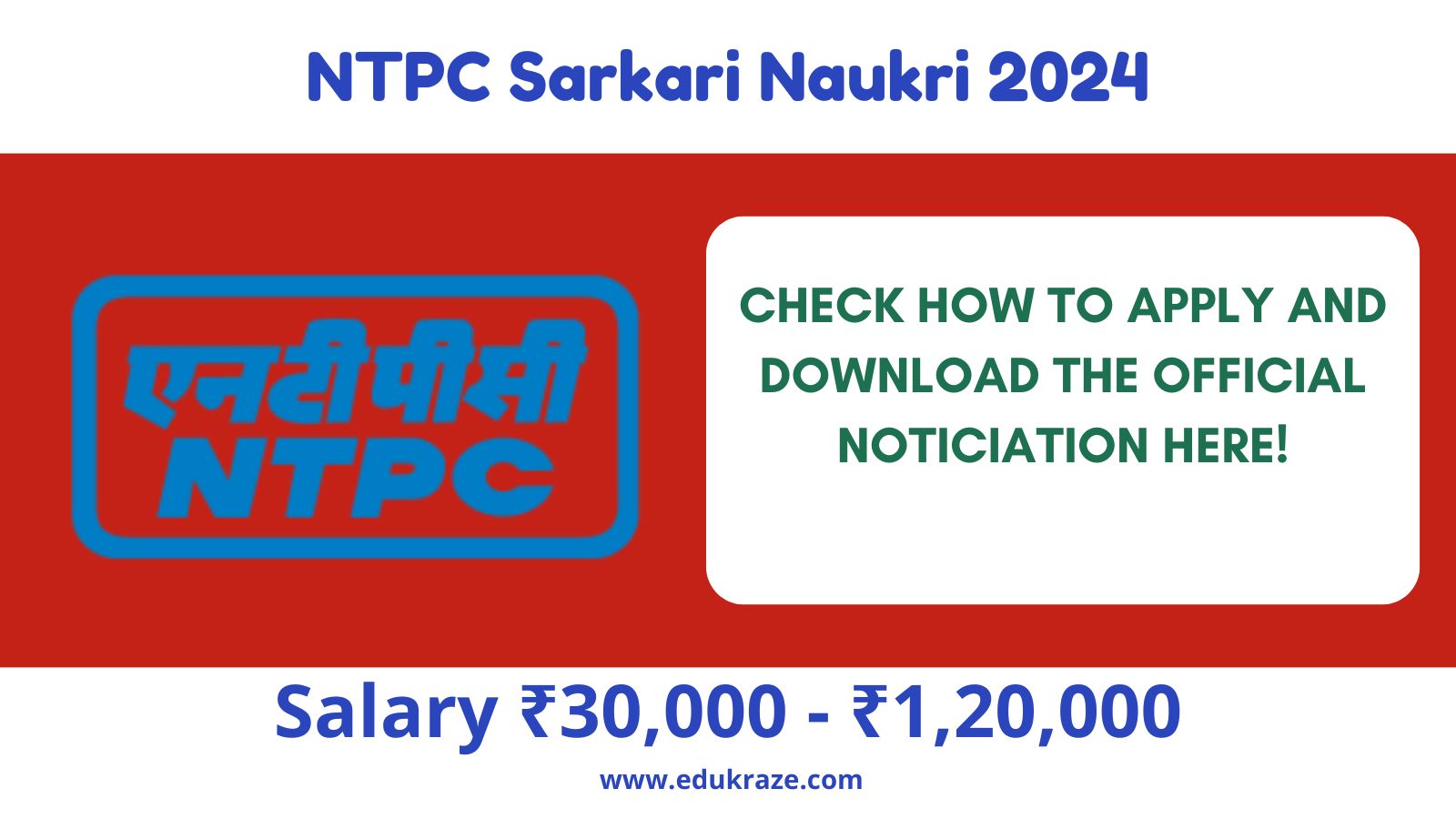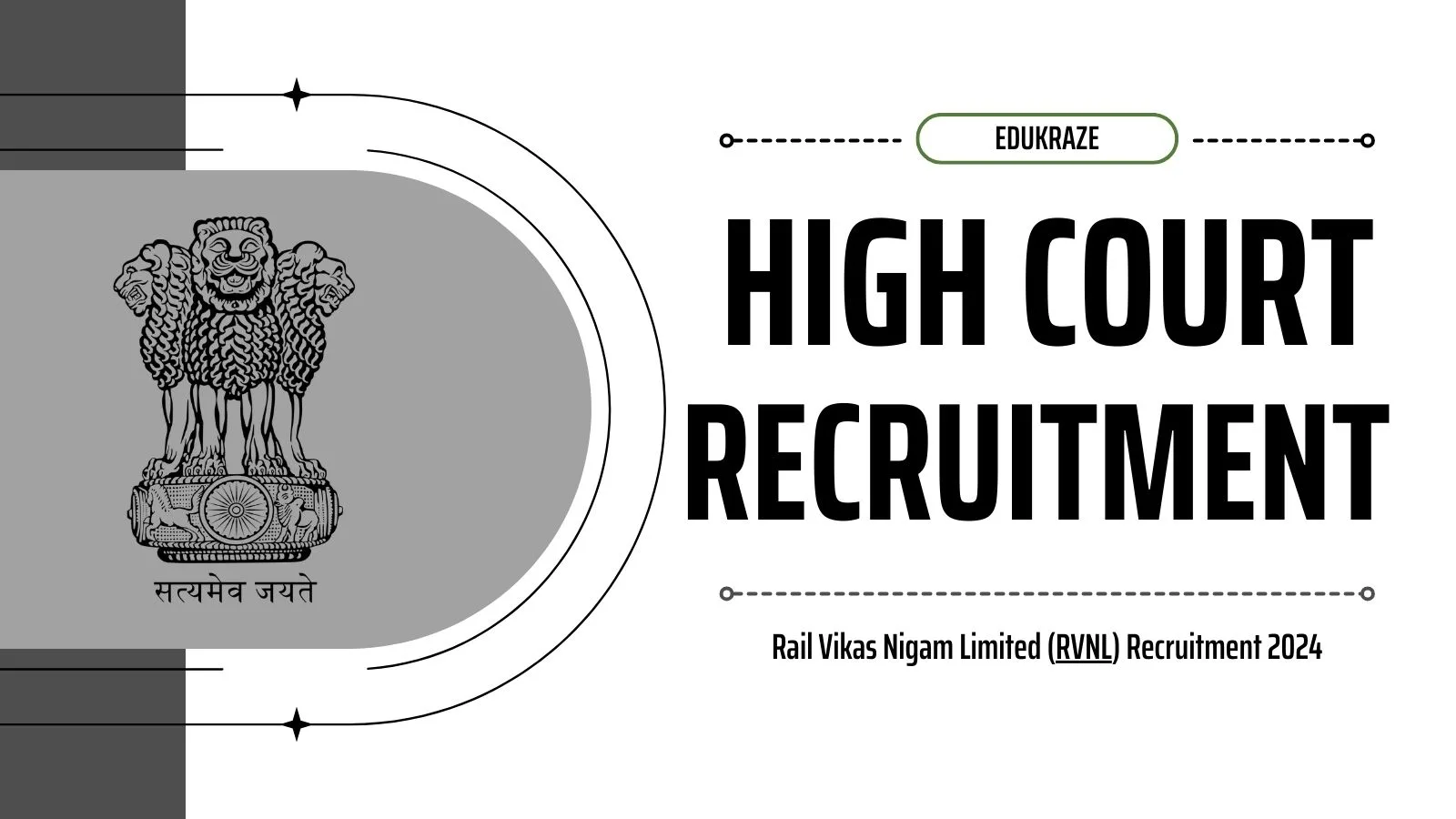International Day of Innocent Children Victims of Aggression
Introduction
In situations of armed conflict, it is often the most vulnerable members of society, namely children, who suffer the most. They face the devastating consequences of war, including recruitment as child soldiers, killings, sexual violence, abductions, attacks on schools and hospitals, and denial of humanitarian access. Recognizing this grim reality, the General Assembly established the International Day of Innocent Children Victims of Aggression on 4th June each year. This day aims to acknowledge the pain experienced by children worldwide who become victims of physical, mental, and emotional abuse. It also reaffirms the United Nations’ commitment to safeguarding children’s rights, guided by the Convention on the Rights of the Child.
The Impact of Armed Conflict on Children
Armed conflicts have a profound impact on children, subjecting them to various forms of violence and abuse. They are forced to bear witness to unimaginable atrocities, endure physical injuries, and suffer long-lasting psychological trauma. Moreover, children often become targets for recruitment by armed groups, leading to their involvement in hostilities at a young age. The consequences of armed conflict can hinder their development, rob them of their childhood, and impede their future opportunities.
Commemorating the International Day of Innocent Children Victims of Aggression
The International Day of Innocent Children Victims of Aggression was established on 4th June in response to the alarming number of innocent Palestinian and Lebanese children affected by acts of aggression in 1982. This day serves as a reminder of the international community’s obligation to protect children from the horrors of war and ensure their well-being. It highlights the urgent need to address the violations and vulnerabilities faced by children during armed conflicts.
The UN’s Commitment to Protecting Children’s Rights
The United Nations is dedicated to safeguarding the rights of children and promoting their well-being. The Convention on the Rights of the Child, one of the most widely ratified international human rights treaties, serves as the guiding framework for protecting children’s rights. It emphasizes the right to life, survival, and development, as well as protection from violence, abuse, and exploitation. The International Day of Innocent Children Victims of Aggression reaffirms the UN’s commitment to upholding these principles.
The Background of Resolution 51/77
Resolution 51/77, adopted by the General Assembly in 1997, marked a significant milestone in enhancing the protection of children affected by armed conflict. It built upon existing efforts to protect children’s rights, including the Convention on the Rights of the Child and its Optional Protocol. The resolution also established the mandate of the Special Representative of the Secretary-General for Children and Armed Conflict, highlighting the need for dedicated attention, advocacy, and coordinated efforts to address the vulnerabilities and violations faced by children in conflict-related situations.
The Role of the Special Representative of the Secretary-General for Children and Armed Conflict
The Special Representative of the Secretary-General for Children and Armed Conflict plays a crucial role in advocating for the protection and rights of children in conflict zones. The representative works closely with governments, civil society organizations, and international partners to prevent grave violations against children, secure their release from armed groups, and ensure their rehabilitation and reintegration into society. Through engaging with all relevant stakeholders, the Special Representative aims to raise awareness, promote accountability, and create lasting change to safeguard children’s rights.
Increasing Violations Against Children
Despite efforts to protect children in conflict zones, violations against them continue to rise in many areas. More needs to be done to shield the approximately 250 million children living in conflict-affected countries from harm. This includes implementing measures to prevent violent extremists from targeting children and ensuring adherence to international humanitarian and human rights law. Accountability for violations committed against children must be pursued to discourage further abuses and secure justice for the victims.
Protecting Children in Conflict Zones
The protection of children in conflict zones requires a comprehensive approach involving governments, international organizations, and local communities. Measures should focus on preventing their recruitment, ensuring their safety and well-being, and providing access to education and healthcare. Efforts must be made to strengthen child protection systems, train relevant actors, and establish mechanisms for reporting and responding to violations. By prioritizing the needs of children, we can mitigate the impact of armed conflict on their lives and help them rebuild their futures.
Addressing Violent Extremism and Promoting Humanitarian and Human Rights Law
Addressing the issue of violent extremism is essential to protect children from its destructive influence. Governments and international bodies should collaborate to counter radicalization and provide support to affected communities. Additionally, promoting adherence to humanitarian and human rights law is crucial to prevent violations against children during armed conflicts. Ensuring compliance with these legal frameworks can help create an environment where children are safeguarded and their rights are respected.
The 2030 Agenda for Sustainable Development and Children’s Rights
The 2030 Agenda for Sustainable Development provides a blueprint for achieving a better future for all, including children. The agenda recognizes the importance of ending all forms of violence against children, with Target 16.2 specifically aiming to achieve this goal. Furthermore, ending the abuse, neglect, and exploitation of children is mainstreamed across several other violence-related targets. By aligning efforts with the 2030 Agenda, governments and organizations can work together to ensure the protection and well-being of children in conflict-affected areas.
Conclusion
The International Day of Innocent Children Victims of Aggression serves as a solemn reminder of the devastating impact of armed conflicts on children worldwide. It calls for renewed efforts to protect the rights and well-being of children, prevent their involvement in hostilities, and promote accountability for violations committed against them. By prioritizing the needs of children and addressing the root causes of conflict, we can strive towards a future where all children can grow up in peace and security.
Do Follow us on Facebook and updates Checkout our Website
FAQs
1. What is the International Day of Innocent Children Victims of Aggression?
The International Day of Innocent Children Victims of Aggression is observed on 4th June each year to acknowledge the suffering of children who become victims of physical, mental, and emotional abuse in armed conflicts.
2. How does the United Nations protect children’s rights?
The United Nations upholds children’s rights through the Convention on the Rights of the Child, advocacy efforts, and the appointment of the Special Representative of the Secretary-General for Children and Armed Conflict.
3. What is Resolution 51/77?
Resolution 51/77, adopted by the General Assembly in 1997, focuses on enhancing the protection of children affected by armed conflict. It established the mandate of the Special Representative of the Secretary-General for Children and Armed Conflict.
4. How can we protect children in conflict zones?
Protecting children in conflict zones requires a comprehensive approach, including preventing their recruitment, ensuring their safety, providing access to education and healthcare, and strengthening child protection systems.
5. How does the 2030 Agenda for Sustainable Development address children’s rights?
The 2030 Agenda includes Target 16.2, which aims to end all forms of violence against children. The agenda also mainstreams efforts to end child abuse, neglect, and exploitation across several other violence-related targets.

